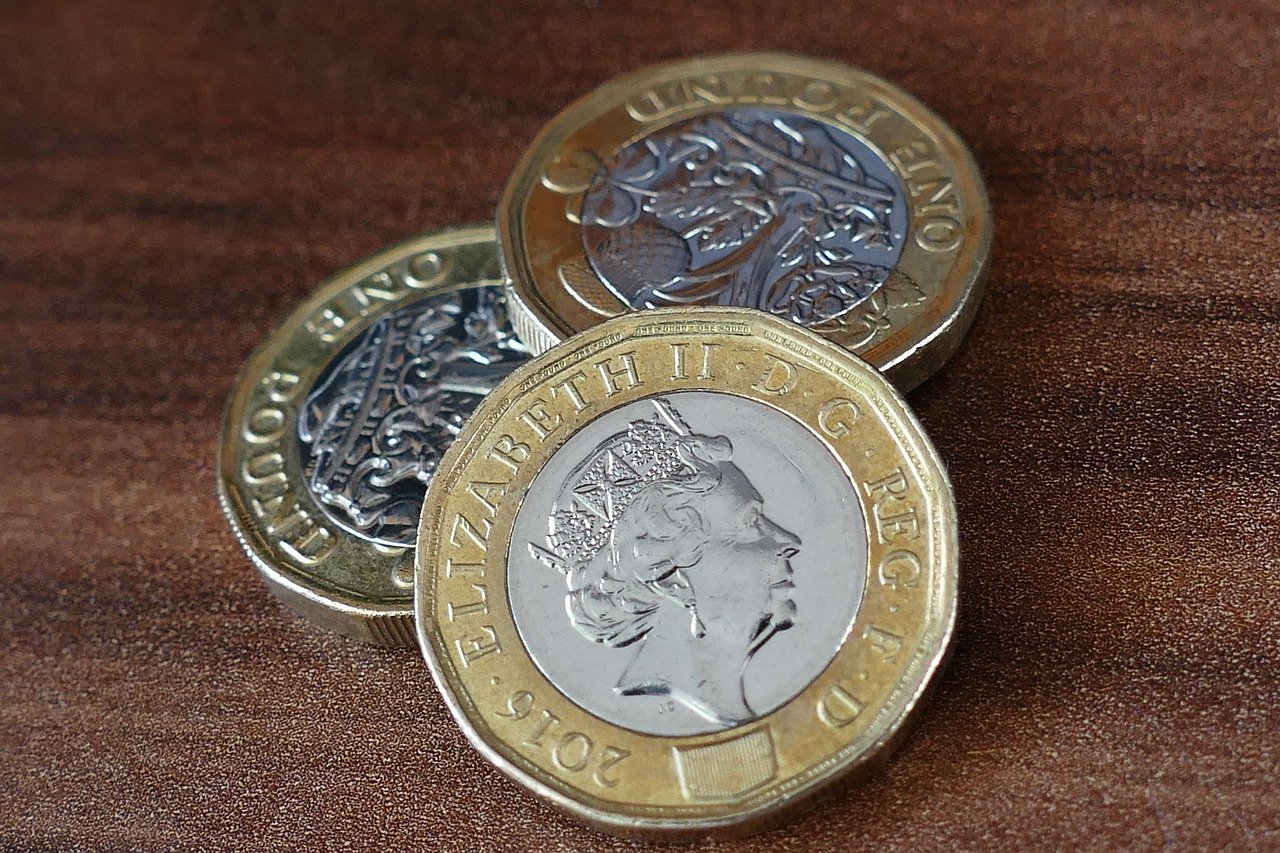Output was flat in the three months to July, below the 0.1% gain economists had expected.
The UK economy stagnated in the three months to July as the cost of living crisis hit household finances and business activity and growth fell short of expectations.
According to Office for National Statistics data released on Monday, UK manufacturing was flat during the period, with growth slowing from 0.3 percent recorded in the three months to April.
Gross domestic product fell from a 0.1 percent expansion forecast by economists polled by Reuters, with the size of the economy in July the same as the previous six months.
The UK’s growth rate has lost momentum since the start of the year as rising costs hit businesses and consumers alike. Inflation surged to a 40-year high in July, eroding the money people can spend on goods and services.
Production rose 0.2% between June and July, largely reflecting the loss of two work days in June related to Queen Elizabeth II’s Jubilee celebrations. The economy contracted 0.6 percent in June, while the July recovery was weaker than investors had expected with 0.4 percent growth.
“The disappointing recovery in real GDP in July suggests the economy has weak momentum and is likely already in recession,” said Paul Dales, chief UK economist at Capital Economics.
Some economists believe the £2,500 freeze on average annual household energy bills over the next two years, announced last week by the forthcoming Prime Minister Liz Truss, will help prop up demand in the economy in the coming months.
James Smith, economist at ING, said the package of measures did not guarantee the economy would not slide into a technical recession but “would help limit the depth of the winter downturn”.
With many households and businesses already struggling to keep up with their payments even before the bill is due to rise on October 1 when the energy price cap is raised, the outlook for the UK economy remains bleak.
“Households are still faced with a further decline in their real income in the second half of the year,” said Martin Beck, chief economic adviser to EY Item Club. “From today’s perspective, the economy is unlikely to do more than stagnate next year.”
Economists expect the Bank of England to raise interest rates for the seventh straight session at its next meeting, which will further dampen consumer demand. The market is pricing in a 79% chance of a 75 basis point increase from the current 1.75%.
According to the latest PMI, economic activity has contracted since August, when consumer confidence fell to its lowest level on record.
The services sector rebounded in July, growing 0.4 percent and boosting GDP growth. Meanwhile, manufacturing fell 0.3 percent after falling 0.9 percent in the previous month, with construction activity also registering two sharp declines in a row.
Separate figures released by the ONS on Monday showed that the trade deficit in valueless goods and services in the three months to July fell 1.2 billion from the previous quarter. The data was first collected in 1997.
This expansion was driven by an increase in the value of imports, reflecting rising energy prices due to Russia’s invasion of Ukraine and weak export markets.
Gas prices hit new highs in August, with exports likely to continue to struggle as external demand from major trading partners eases and post-Brexit trade tensions drag on.
“The trade deficit will reach huge proportions in the coming months,” said Gabriela Dickens, economist at Pantheon Macroeconomics.
According to the ONS, GDP in July is estimated at 1.1 percent above pre-pandemic levels. However, this figure does not include revisions that will make the impact of the pandemic on the economy in 2020 higher than originally estimated.







